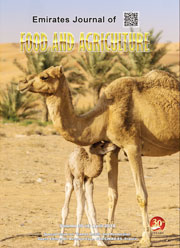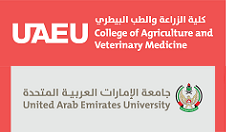INFLUENCE OF CHARCOAL-BASED SOIL AMENDMENTS ON GROWTH AND NUTRIENT UPTAKE OF RICE (ORYZA SATIVA) IN CADMIUM CONTAMINATED SOIL
DOI:
https://doi.org/10.9755/ejfa.2016-05-574Keywords:
Carbonized rice hull, Cd availability, Nutrient dynamics, Soil solution, Wood charcoalAbstract
Cadmium contamination in paddy soils contributes to Cd toxicity and health risk to humans through consumption of Cd-contaminated
rice. The potential of charcoal-based soil amendment in alleviating cadmium (Cd) toxicity in rice grown in paddy soil with low nitrogen
availability was assessed in order to identify strategies to curve the problems of Cd contamination in rice. A pot culture experiment was
conducted using a Cd-spiked soil with treatment combinations involving two types of charcoal amendments: carbonized rice hull (CRH)
and wood charcoal (WC); and three levels of Cd concentration (0, 10 and 20 mg kg-1). CRH and WC amendments reduced the dry matter
yield, plant height, tiller number and chlorophyll-SPAD value of rice in the Cd-contaminated soil. CRH and WC amendments reduced the
soluble N but enhanced the residual N, water soluble and exchangeable K, Mg, Ca and Si in soil. The Cd2+ in soil solution was significantly
(p<0.01) reduced by CRH and WC which resulted to significantly lower (p<0.01) Cd uptake by rice plants compared to soil without
amendments. CRH was more effective than WC in lowering Cd availability and uptake by rice plants which could be attributed to the
higher surface area of CRH compared to WC. Overall, CRH and WC decreased Cd availability by increasing the pH and providing additional
sorption sites for Cd which resulted in lower Cd concentration and uptake of rice plants.










 .
. 